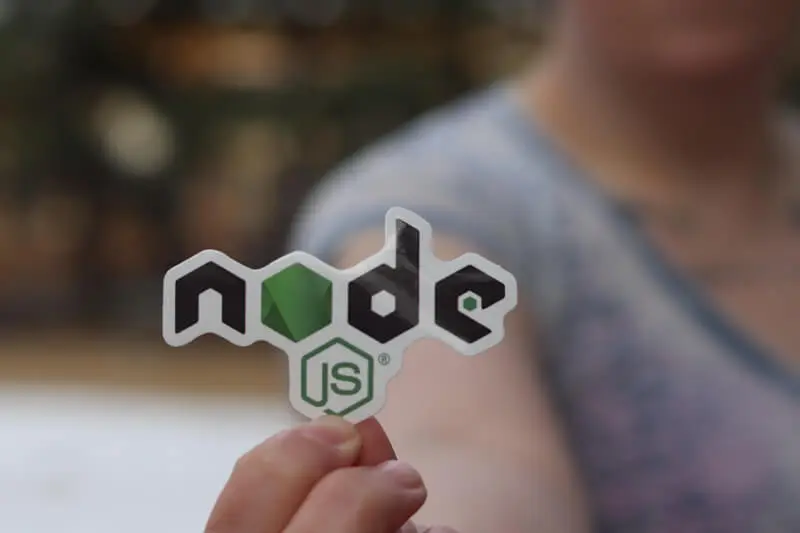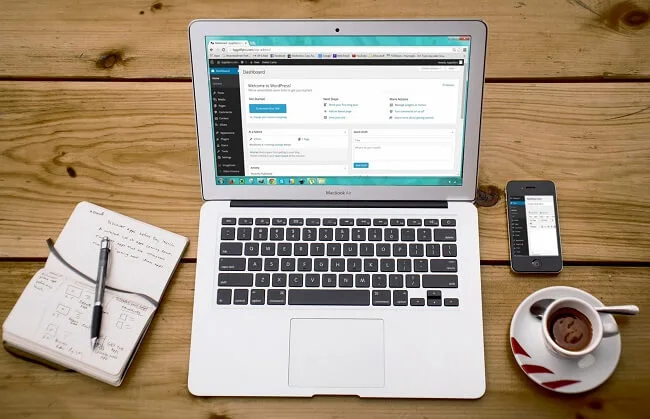React Native is a powerful framework for crafting cross-platform mobile apps using JavaScript and React principles. However, like any tool, ensuring your apps deliver a top-notch, smooth user experience requires careful attention to performance. Let’s dive into some key techniques to optimize your React Native projects.
1. Profiling: The First Step to Optimization
Before you start fixing anything, you need to understand where the bottlenecks are. React Native’s built-in Performance Monitor and Chrome’s developer tools allow you to profile your app’s rendering, identifying components with excessive render times or wasted resources.
- React DevTools Profiler: Offers flame graphs and component render breakdowns.
- Chrome Performance Tab: Analyze JavaScript execution, frames per second (FPS), and layout issues.
2. Smart State Management
How you manage your application’s state has a massive impact on performance. Here are a few tips:
- Use Redux or MobX: Manage complex state changes in a structured and predictable manner.
- Avoid Unnecessary Re-renders: Utilize
React.memo,PureComponent, or theuseMemohook to prevent components from re-rendering when their data hasn’t changed. - Break Down Large Components: Decompose complex components into smaller ones for more granular re-rendering control.
3. Optimized Lists and Scrolling
Lists are common in apps, and their performance is crucial:
- FlatList vs. SectionList: Choose the right component.
FlatListis typically good for simple lists, whileSectionListis better for lists with defined sections. - Windowing: Render only the list items currently visible using libraries like
react-window. - Key Extractors: Provide unique keys for list items to help React Native track changes efficiently.
4. Lean Image Handling
- Image Caching: Cache images locally or on a server to avoid redundant downloads. Use libraries like
react-native-fast-image. - Image Format: Choose WebP where possible for smaller file sizes.
- Lazy Loading: Load images only when they approach the visible portion of the screen.
5. Judicious Use of Native Modules
React Native bridges to native code for certain functionalities. Tread carefully:
- Do Your Research: Check if existing, well-maintained React Native libraries can achieve your goal before writing your own native modules.
- Profile After Integration: Measure the performance impact of any native modules you add.
6. Careful Navigation
Navigation transitions can be a source of lag.
- Minimize Stack Depth: Consider simpler navigation structures to reduce memory overhead.
- Prefer Native Navigation Solutions: Look into libraries like
react-navigationwith native-backed performance.
7. Additional Considerations
- Minimize JavaScript to Native Bridge Calls: Batch updates or use techniques to reduce the number of times you cross the bridge.
- Utilize the Interaction Manager: Schedule computationally intensive tasks after animations or interactions are complete.
- Stay Updated: React Native releases updates frequently; keep up for performance benefits.
Always Test and Measure!
Remember, the best strategy depends on your specific app. Continuously profile and test on real devices across a range of hardware. Performance optimization is an iterative process.
Let me know if you’d like a deep dive into any particular technique or want examples. I’m here to help you make your React Native apps shine!



